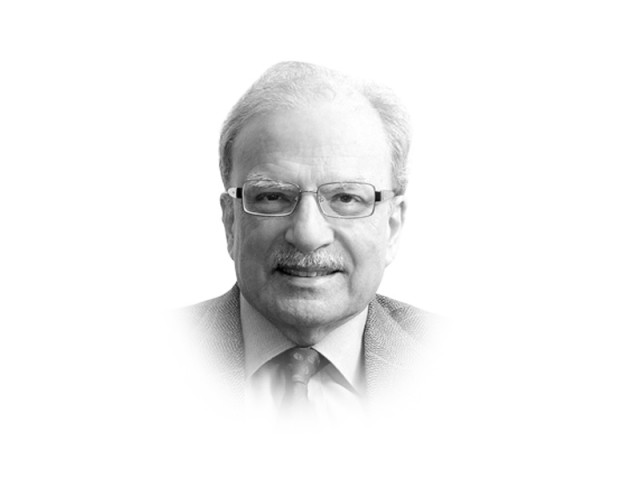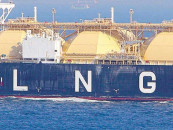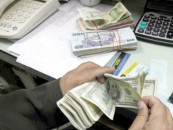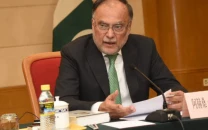Politics of good governance
The administration needs to move urgently to improve the quality of governance if they wish to retain the voters.

The writer is a former caretaker finance minister and served as vice-president at the World Bank
There was a feeling that goes back to Pakistan’s formative years that a number of those who occupied public offices were corrupt or did not serve the citizenry well. Those suspected of this kind of behaviour included elected officials and those belonging to the various government services. Much of the focus was on the working of the federal government. If that was the case, what should those who held the reins of power have come to address the problem? One, cleanse the system by ridding it of the people who had abused the power they wielded and, two, setting up an institution that dealt in a systematic way with those suspected of providing poor governance or indulging in corrupt practices.
This combination of approaches was applied over a period of six decades. Those who were purged from the system included both elected officials and those in the bureaucracy. One example of this approach was the Elected Bodies Disqualification Order, which barred several politicians from holding public office. This way of accountability contributed a verb to the usage of English in Pakistan: those prevented from holding public office were said to have been ‘ebdoed’. The other approach — the cleansing of the bureaucratic system — occurred under military rulers. At one point, the ruler of the day dismissed 303 senior civil servants. In this case, the government worked on the basis of suspicion produced by talk in the corridors of power.
When the problem did not get resolved by these actions, the governments changed the approach. Beginning with the first Nawaz Sharif administration in the early 1990s, the governments opted for establishing specialised agencies to deal with corruption. Later, under General (retd) Pervez Musharraf, the institution was vastly expanded in its scope and reach. The National Accountability Bureau (NAB) was given enormous powers to identify those whose behaviour needed to be looked at and investigated. Those against whom there seemed to be sufficient evidence to proceed were tried in NAB’s own courts.
This approach also failed to deliver satisfactory results. As is evident from the work of Transparency International, Pakistan, over the years, has not become less corrupt. It continues to occupy the bottom rung of the international corruption ladder. There was palpable deterioration in the quality of governance during the PPP’s five-year rule. The impression that the PPP-led administration had provided poor governance contributed to its poor showing in the 2013 elections, which resulted in the establishment of four governments with different political orientations.
If poor governance can produce punishing electoral consequences, there is a lesson to be drawn for those who currently walk the corridors of power. They have been given a limited amount of time within which to establish a governance system that wins the people’s confidence. The 2013 elections produced a swing vote — those who left the PPP and opted for either the PML-N or the PTI have moved only temporarily. In the absence of serious investigation into the socio-economic dynamics that were behind the 2013 election results, it can be said with confidence that they reflected the urban youth’s sentiments.
Pakistan has a very young population; the Planning Commission estimates it at 29.3 per cent of the total. Of this 36 per cent are urban and another 64 per cent are in the countryside. This is where the swing vote came from. These people will leave the parties for which they voted if the quality of governance does not improve. In other words, the administrations in Islamabad, as well as in the provinces, need to move urgently to improve the quality of governance if they wish to retain the voters. The approaches adopted in the past have to change.
Published in The Express Tribune, February 10th, 2014.
Like Opinion & Editorial on Facebook, follow @ETOpEd on Twitter to receive all updates on all our daily pieces.















COMMENTS
Comments are moderated and generally will be posted if they are on-topic and not abusive.
For more information, please see our Comments FAQ